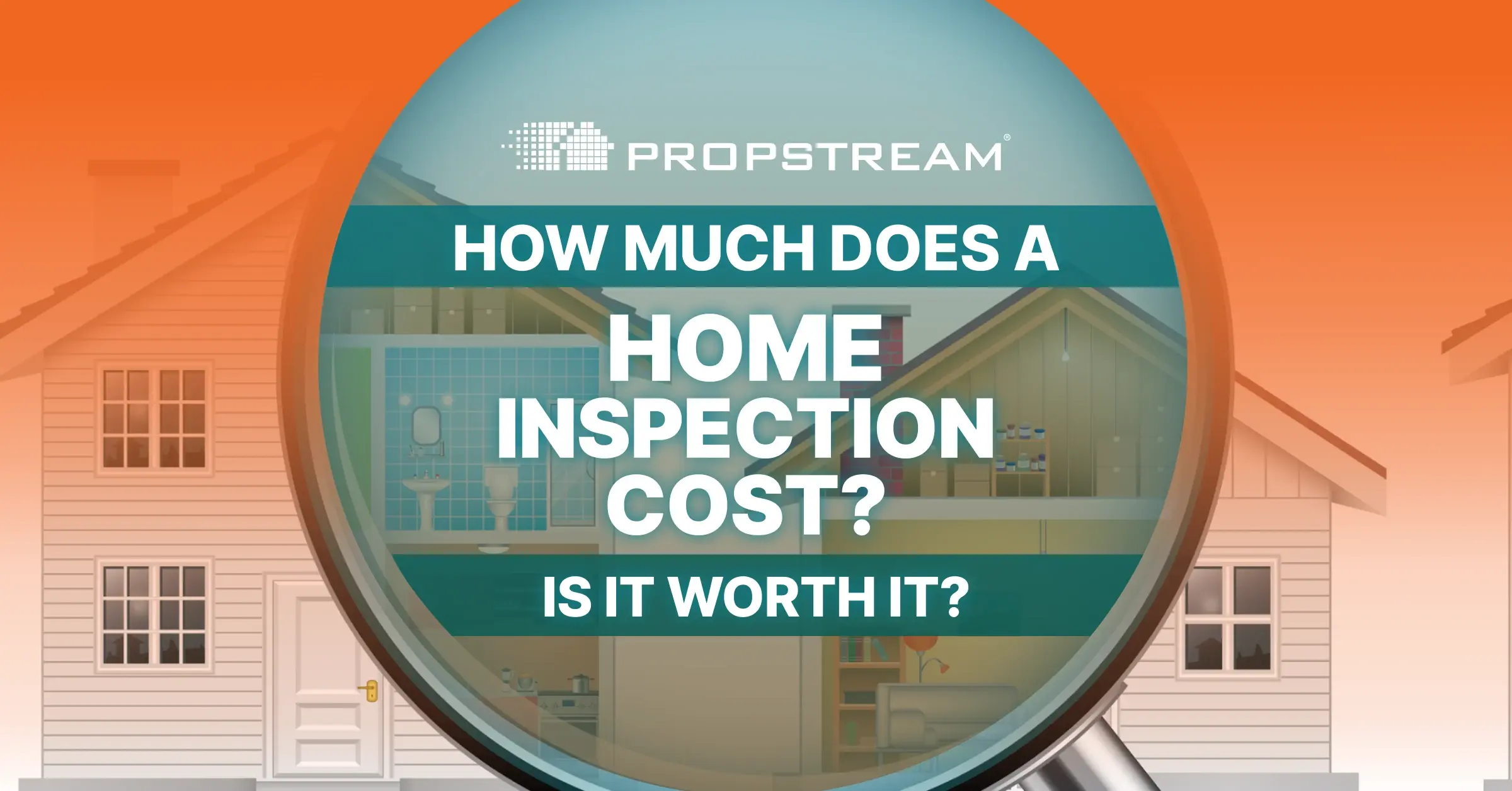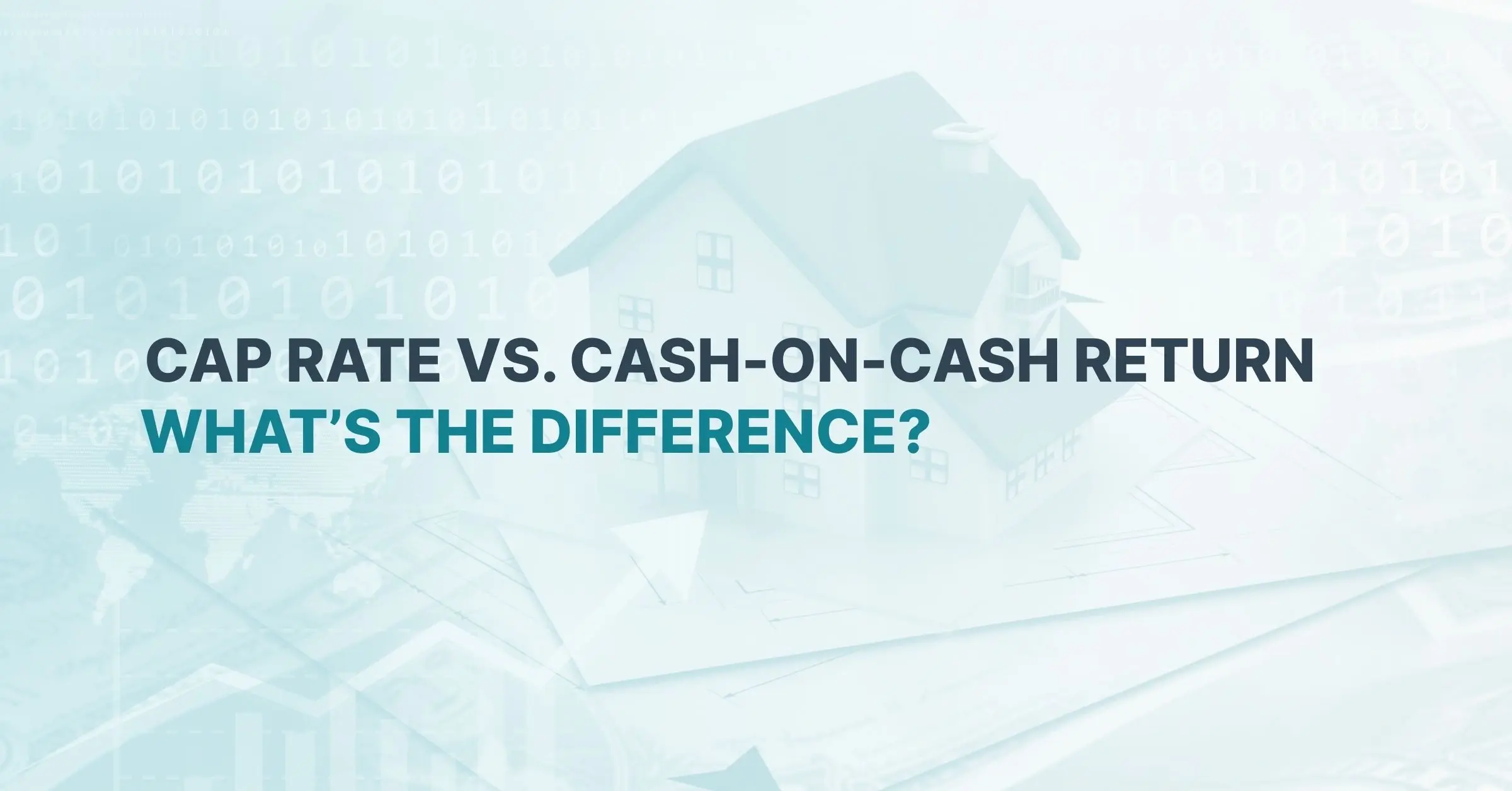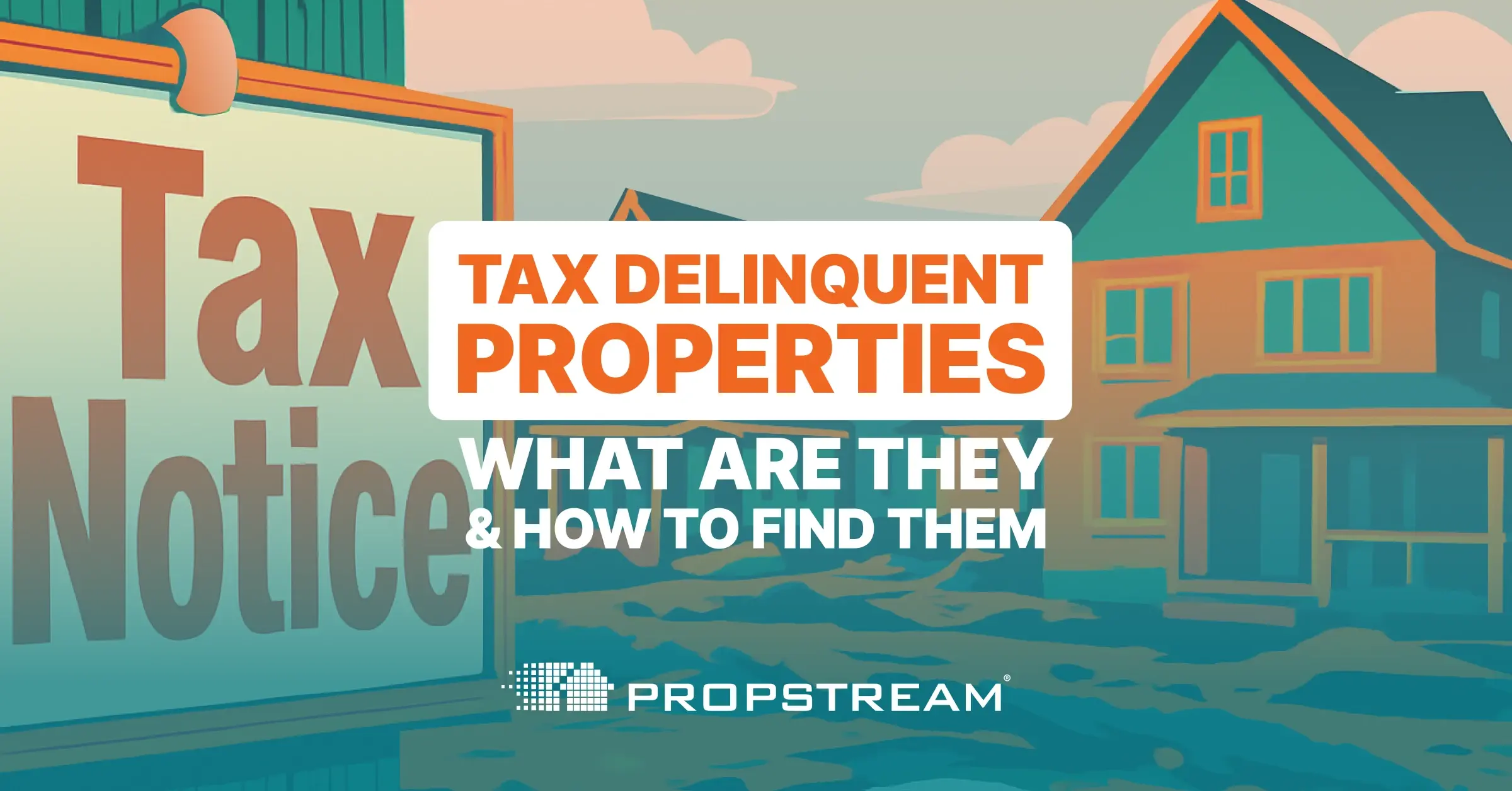Disclaimer: PropStream does not offer investing advice. This article is for educational purposes only. We recommend doing your due diligence and/or consulting financial professionals before buying real estate.
|
Key Takeaways:
|
For the first time since 2021, foreclosure rates have taken a dip.
While this is a welcome change for homeowners struggling to keep their properties, this trend may present new challenges for real estate investors who rely on foreclosure leads for the bulk of their deals.
However, this change doesn’t have to set you back if you plan accordingly and diversify your lead generation methods. Read on to learn more about the current foreclosure rates and how they compare to historic rates, how this information can impact investors, and how to adapt.
Table of Contents |
Historic vs. Current U.S. Foreclosure Activity
In the aftermath of the 2008 Housing Crisis, U.S. foreclosure activity hit record highs, reaching over 2.8 million filings and a 2.23% foreclosure rate in 2010.
Since then, foreclosure activity has fallen steadily before bottoming out at just over 151,000 filings and a foreclosure rate of 0.11% in 2021, when pandemic-era moratoriums put a hold on many foreclosures to help struggling homeowners.
As the moratoriums expired, however, foreclosure filings slowly picked up again, increasing to over 324,000 filings, a foreclosure rate of 0.23% in 2022, over 357,000 fillings, and a foreclosure rate of 0.26% in 2023.
While 2024 isn’t over yet, data from the year's first half indicate foreclosure activity is slowing. For example, foreclosure filings fell to 177,431, a 4.39% drop from the same period last year. Furthermore, foreclosure starts are down 3.5% from the first half of 2023 and 32% from the first half of 2020.
The national foreclosure activity total in Q2 2024 was 68% below the pre-recession average of 278,912 per quarter from Q1 2006 to Q3 2007. It was also below pre-recession averages in 79% of metro areas with a population of at least 200,000 and sufficient historical data.
By shifting your focus from foreclosures to other lead types, you can minimize the impact of a potential contraction of the foreclosure market.
Impact of Foreclosure Slowdown on Broader Housing Market
.png?width=1252&height=834&name=screenshot%20avm%202%20(26).png)
Of course, fewer foreclosures can have ripple effects on the broader housing market.
Upward Pressure on Home Values
At a high level, fewer foreclosures mean fewer existing houses for sale (all else equal), which hit a record-low adjusted annual rate of 3.89 million in June 2024.
A tighter home supply may translate into more competition among homebuyers and investors, putting upward pressure on property values, which reached an all-time high of $426,900 in June.
Increased Market Stability
At the same time, lower foreclosure rates can add more stability to the market.
For example, they may inspire more confidence among lenders that homebuyers won’t default on their mortgages, providing you with more accessible funding. Additionally, you may be less worried about neighborhood blight, which can bring down property values and negatively impact your investments.
Adapting Your Real Estate Investment Strategy
Whatever your current investing strategy, fewer foreclosures may require you to adapt it.
What Fewer Foreclosures Mean for Flippers
As a flipper, your business involves buying properties below market value, usually renovating and reselling for a profit. However, with fewer foreclosures for sale, there may be fewer bargains on the market, and the ones that remain may attract more competition (e.g., at foreclosure auctions).
Consequently, flippers would do well to seek other types of distressed property opportunities, such as probate, divorcee, or lien property sales.
What Fewer Foreclosures Mean for Rental Investors
As a rental property investor, you may acquire fewer properties than flippers and hold on to the ones you do for longer. Consequently, you may be less impacted by a tighter supply of homes for sale. Still, finding good deals may become more challenging.
On the flip side, the upward pressure on home values from fewer foreclosures may push some potential homebuyers out of the market. After all, U.S. home affordability recently hit a three-decade low. Instead of buying a home, many Americans may continue renting, increasing rental demand and allowing landlords to raise rates.
Pivoting to Other Real Estate Lead Types
.png?width=1252&height=834&name=screenshot%20avm%202%20(27).png)
It’s too early to tell if U.S. foreclosure activity will continue falling, but it’s not too early to insulate yourself against a potential downturn in this lead type.
After all, it’s not just foreclosure leads that could dry up but also pre-foreclosure, real estate owned (REO), and auction leads. If your current investing strategy relies on any of these, you may want to consider adding another investing niche.
For example, PropStream offers automated lead lists across 19 different lead types, including senior homeowners, divorcees, vacant properties, liens, and more.
Use PropStream to Find Deals in Any Market
With our database of over 155 million properties nationwide and 120 search filters, you can instantly find various lead types, eliminating the need to rely on foreclosure leads. From tired landlords to probate sales to divorcee homeowners, we’ve got you covered.
Sign up for a free 7-day trial today and get 50 leads on us!
Frequently Asked Questions (FAQs)
Are U.S. foreclosures decreasing?
Yes, slightly. In the first half of 2024, U.S. foreclosure filings fell to 177,431, a 4.39% drop from the same period last year.
Where in the U.S. are foreclosure rates the highest?
States that saw the highest foreclosure rates in the first half of 2024 include New Jersey (0.21%), Illinois (0.21%), Florida (0.20%), Nevada (0.19%), and South Carolina (0.19%). The national average foreclosure rate was 0.13%.
Where in the U.S. are foreclosure rates the lowest?
States that saw the lowest foreclosure rates in the first half of 2024 include South Dakota (0.02%), Vermont (0.03%), Montana (0.03%), Kansas (0.04%), and West Virginia (0.04%).
How does a drop in U.S. foreclosure activity impact real estate investors?
A drop in U.S. foreclosure activity can have various impacts on real estate investors. On the one hand, it could limit potential acquisition opportunities, increase competition, and drive up home prices. On the other hand, it could stabilize the market and make it easier to secure financing.
What’s the relationship between foreclosure rates and property values?
The relationship between foreclosure rates and property values is complex and multifaceted. High foreclosure rates tend to lead to distressed sales at discount prices. Furthermore, as more foreclosures hit the market, the increased supply can further lower property values. Additionally, foreclosed homes can make neighborhoods less attractive, lowering other property values.
In contrast, lower foreclosure rates tend to stabilize the market, leading to fewer distressed sales, more competition, and higher home values.
Why are foreclosures so cheap?
Foreclosures tend to sell below market value because the seller is highly motivated (e.g., a bank that doesn’t want to own real estate) and/or because the property is in poor condition (homeowners who defaulted on their mortgage are less likely to have kept up with property maintenance).



